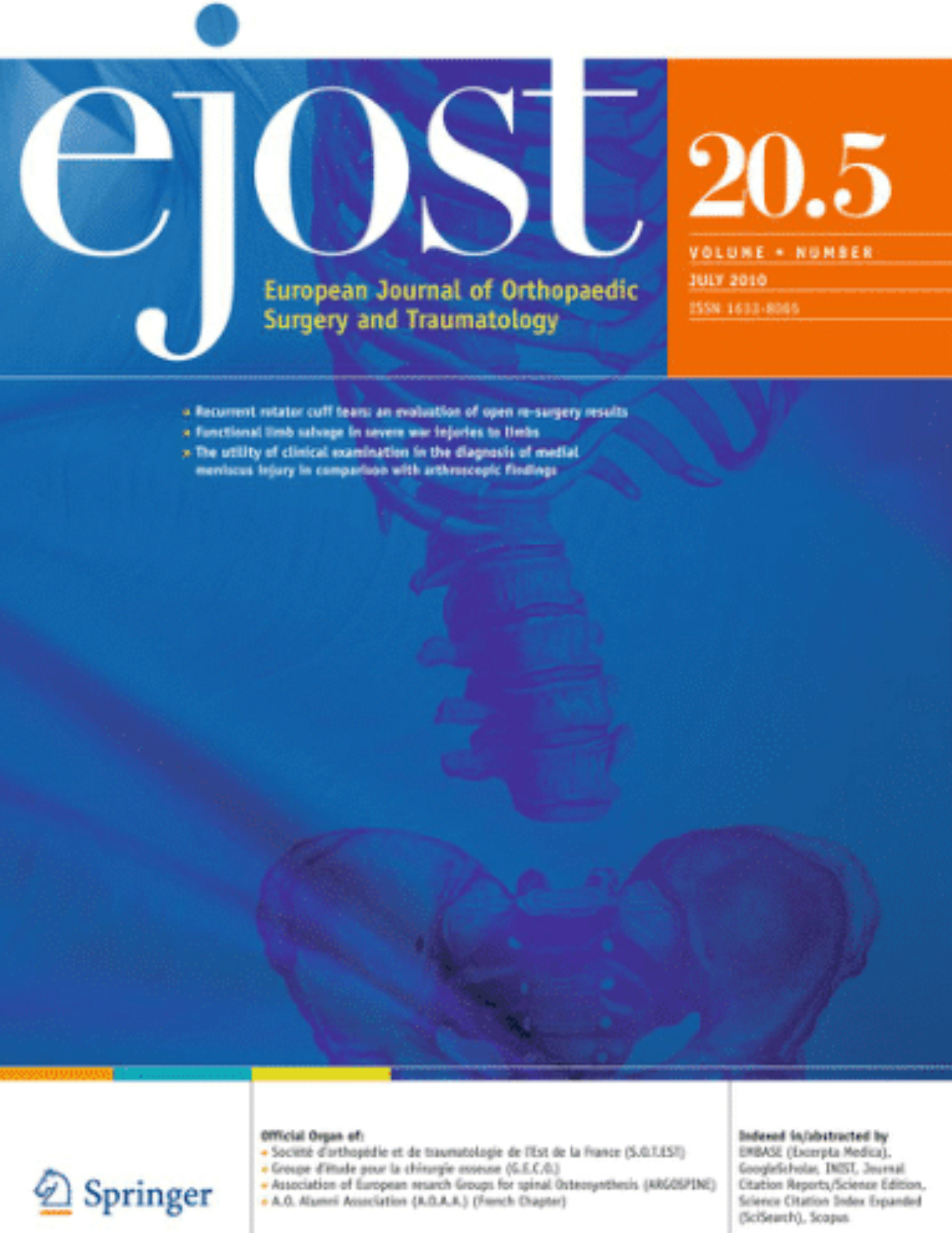
Arthroscopic Hip Surgery Improves Function & QoL in FAI Patients Compared to Physiotherapy

Arthroscopic Hip Surgery Improves Function & QoL in FAI Patients Compared to Physiotherapy
Arthroscopic surgery versus physiotherapy for femoroacetabular impingement: a meta-analysis study.
Eur J Orthop Surg Traumatol. 2020 Oct;30(7): 1151-1162.Did you know you're eligible to earn 0.5 CME credits for reading this report? Click Here
Synopsis
A total of 3 randomized controlled trials with 644 patients with femoroacetabular impingement (FAI) were included in this meta-analysis comparing arthroscopic hip surgery to physiotherapy treatment. The outcomes of interest included the EuroQoL-5D (EQ-5D) Visual Analogue Scale (VAS), the Hip Outcome Score (HOS) subscale of Activities of Daily Living, International Hip Outcome Tool (iHOT-33) scores, the Hip Outcome Score (HOS) Sports subscale, and the risk of a future total hip arthroplasty (THA). All pooled outcomes were assessed at a mean follow-up of 14.67 (SD 8.3) months, and iHOT33 scores was also measured at both 6 and 12 months follow-up. The pooled results demonstrated that EQ-5D VAS (p=0.03), HOS-ADL (p<0.0001), HOS-Sports (p=0.0003), and iHOT 33 scores were all statistically significantly in favour of the arthroscopic surgery group compared to the control at the mean of 14.67 months follow-up. Furthermore, iHOT33 scores were statistically significantly in favour of the arthroscopic group at 12 months (p=0.0002) follow-up, but not at 6 months (p=0.70). The risk of THA was not statistically significantly different between the two treatments (p=0.72).
Publication Funding Details
Why was this study needed now?
Femoroacetabular impingement (FAI) can damage the joints, thus causing pain and decreasing daily activities. Furthermore, FAI has been predicted to be responsible for approximately 1 in 2 cases of hip osteoarthritis. Management includes traditional physiotherapy as well as arthroscopic surgery. However, a lack of consensus remains on whether surgery proves more efficacious compared to traditional physiotherapy especially since surgery is associated with increased risk of complications.
What was the principal research question?
In patients with femoroacetabular impingement (FAI), how does physiotherapy compare to arthroscopic treatment with respect to functional and pain outcomes and progression to osteoarthritis?
What were the important study characteristics?
644
Total Sample Size
Arthroscopy
Physical Therapy
Quality of Life (QoL)
Lower = Better
Scale: 0.0 to 100.0
Function
Higher = Better
Scale: 0.0 to 100.0
Function
Higher = Better
Disease-specific Index
Higher = Better
Scale: 0.0 to 100.0
Technical Success
Lower = Better
Outcomes: Disease-specific Index, Function, Quality of Life (QoL), Technical Success
 Confidence in the results: Low
Confidence in the results: Low
Risk of Bias
 Yes
Yes
 Partial Yes
Partial Yes
 No
No
 Protocol registered before commencement of the review
Protocol registered before commencement of the review
 Adequacy of the literature search
Adequacy of the literature search
 Justification for excluding individual studies
Justification for excluding individual studies
 Risk of bias from individual studies being included in the review
Risk of bias from individual studies being included in the review
 Appropriateness of meta-analytical methods
Appropriateness of meta-analytical methods
 Consideration of risk of bias when interpreting the results of the review
Consideration of risk of bias when interpreting the results of the review
 Assessment of presence and likely impact of publication bias
Assessment of presence and likely impact of publication bias
 Confidence in the results: Low
Confidence in the results: Low
What were the important findings?

What should I remember most and how will this affect the care of my patients?
The results of this meta-analysis suggest that arthroscopic surgery can improve function and quality of life for patients with femoroacetabular impingement when compared to physiotherapy. However, this meta-analysis had only 3 studies included which can bias the findings and the short follow-up periods where long-term outcomes need to be evaluated.
Learn about our AI Driven
High Impact Search Feature
Our AI driven High Impact metric calculates the impact an article will have by considering both the publishing journal and the content of the article itself. Built using the latest advances in natural language processing, OE High Impact predicts an article’s future number of citations better than impact factor alone.
Continue



 LOGIN
LOGIN

Join the Conversation
Please Login or Join to leave comments.